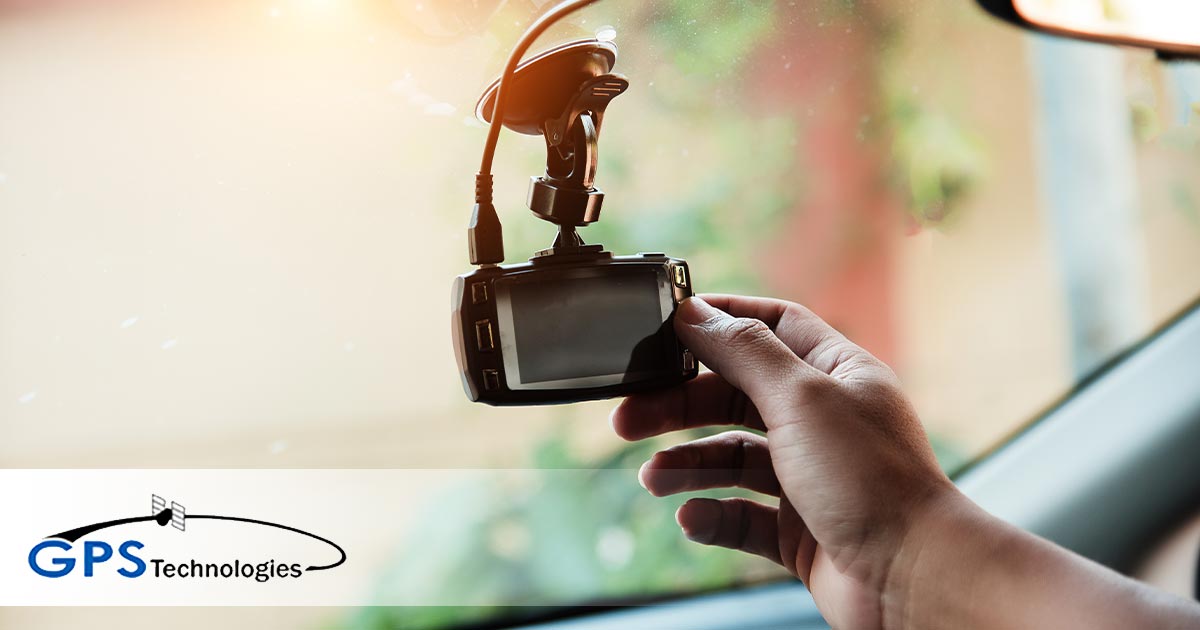How to Choose the Best Dash Cam for Truckers

Chances are that you have seen a television ad something like this:
A civil injury lawyer is standing on top of a truck.
The lawyer spouts some statistics about injury accidents involving 18-wheelers. The numbers flash on the screen. Big numbers. These are the settlements the lawyer has obtained for clients in federal court after injury accidents involving trucks and cars.
The truth is, there are about 3700 drivers and passengers in private cars who die in crashes with trucks every year. About 700 truck drivers die in crashes every year, too. Almost any fatality crash involving the driver or passengers in a car with a truck will result in court claims or the reasonable expectation of court claims.
That’s why it is critically important to know the facts of any crash involving your fleet. And there is no better way to document the facts than with a dashcam.
What is a Dash Cam for Truckers?
The best way to describe a dashcam (that is, a dashboard camera) for truckers is as an indisputable eyewitness to accidents and other events on the road involving your truck. The primary goal of installing a dashcam is to record every event that occurs while your fleet vehicle is in operation—and while it is parked, if you choose to program your camera for theft control purposes.
Dashcams lower collision costs, but they can also be configured to give operators better eyes on traffic and road conditions around them to reduce the risk of getting into an accident in the first place. Dashcams come in varying levels of complexity to match the needs of the fleet they protect.
What are the Different Kinds of Dash Cams?
No matter which dash cam you choose for your trucks, you need to be sure it stores a lot of high-quality footage before its memory is full and it begins writing over older video. Internet-connected dash cams upload video into the cloud, so there is no need for manual retrieval. Micro SD or memory cards can store only a limited amount of video before it must be manually retrieved.
Beyond that essential, there are choices to be made for image resolution. FHD or HD 1080p video offers best-in-class resolution for crisp video quality that will allow you to determine whether the other driver’s eyes were open or closed and to read their license plate.
There are options for the way your dash camera is mounted. You can attach it to the dash with adhesive or with a suction cup. Both methods allow for easy installation, but dash cams mounted with a suction cup are easier to retrieve.
There are also options for how much you want to record:
- Front-facing dash cams capture high-resolution video of the road ahead. Preferred models of these cameras recommended by GPS Technologies preserve high-resolution video by automatically uploading it into the cloud in the event of a road incident. In this way, dispatchers and managers are immediately notified. These take less time to install than a refueling stop.
- Dual-facing dash cams use wide-angle lenses to capture what is going on both outside the truck and inside the cab. Dispatchers and road managers can immediately identify distracted or dangerous driving. Video uploads from dual-facing dash cams can serve as a starting-off point for coaching operators. These cameras come with infrared options that allow monitoring of activity inside the cab at night.
- Multiple-camera systems give drivers a 360° view of everything going on behind and beside them. They give visibility to the interior of the vehicle and help prevent blind-spot collisions.
- Exterior cameras help operators make tight turns and change lanes. They provide a clear view of cars traveling alongside the truck and they detect vehicles and other objects that might go undetected in the rearview mirror.
- Interior cameras aren’t just for monitoring what goes on inside the cab. They also can monitor cargo, allowing for timely detection of tampering and theft.
Dashcams, of course, are only part of the comprehensive GPS monitoring system every fleet manager needs. GPS Technologies can install systems that update the location of each asset to within 10 feet, updated every 15 seconds. These systems can monitor driver safety, speed, fuel consumption, engine status, tire status, and idling time, reducing your cost of operations by thousands of dollars for each employee every year.
If there’s a number to describe it, it’s information you can monitor through GPS fleet tracking. And GPS Technologies will provide you with the software that transforms raw data into actionable decision points.
Whether you need data on one truck or a fleet of hundreds of trucks, GPS Technologies can help. At GPS Technologies, we are committed to helping you find the tracking solution that meets your needs, Contact us online or call us for a consultation at (847) 382-5107 8 am-5 pm, Mon-Fri CST.
Categorised in: GPS Tracking Service
This post was written by Malcolm Rosenfeld
